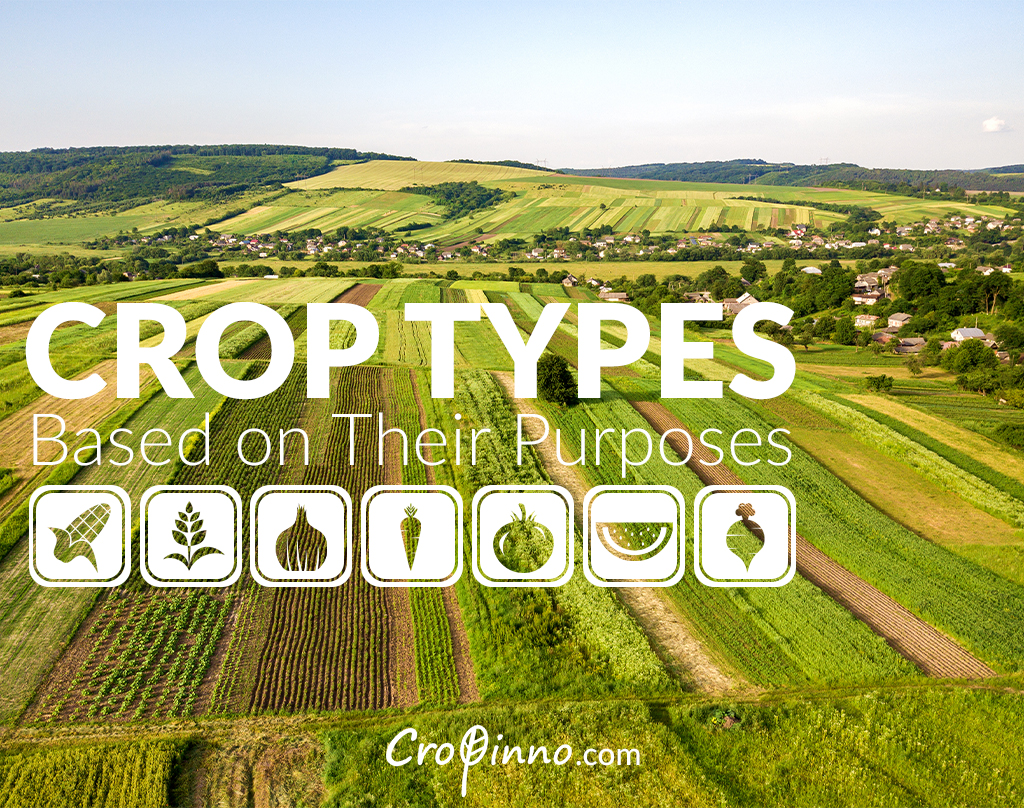More than one billion people around the world make their living through agriculture and livestock husbandry, which has made the agricultural industry worth $ 2.4 trillion in the global economy. In 2018, agriculture contributed 4% to the world’s gross domestic product (GDP), while it contributed more than 25% in some developing nations. Innovations in plant science and the use of fresh, sustainable approaches are essential for preserving crop health and maintaining such a thriving economy.
The establishment of healthy, sustainable, and inclusive food systems is crucial to achieving the global development goals. One of the most effective strategies for reducing extreme poverty, enhancing public welfare, and feeding the 9.7 billion people who will inhabit the planet by 2050 is agricultural development. When it comes to raising the income of the poorest people, the role of agricultural growth is two to four times greater than that of other sectors. Statistics from 2016 revealed that agriculture is the primary source of income for 65% of low-income working adults.
Everything that farmers and their assistants grow on farms around the world has a specific use/purpose. In terms of use and way of consumption, each of the various agricultural products can be considered as belonging to a particular category, and then all agricultural products can be categorized accordingly. Of course, some agricultural products fall into multiple categories and are deemed strategic because they have a variety of uses. In the following sections of this article, you will learn more about how agricultural products are categorized, how they are used and applied in modern lives.
Food Crops
Food products and animal feed products are separated and categorized as different crop types from an agricultural perspective. We are most familiar to seeing food products in the food manufacturing industry and on the labels (pictured) on the packaging of processed foods made from grains and vegetables (oils, starches, proteins and flours). For instance, among the food items that are derived directly from agricultural activities are wheat, barley, soybeans, and corn in the category of agricultural products. Of course, most of the wheat we consume each day is consumed in the form of bread, pasta, and other foods made from wheat flour.
Many people believe that vegetable food products are grown on small farms for sale in local markets, but the majority of these products are grown on large farms to facilitate planting, maintaining, and harvesting processes by specialized machinery and new agricultural technologies.
Feed Crops
Alfalfa and other forage crops are grown for their edible stems, leaves, and other plant parts as livestock feed. Livestock graze these crops in pastures or consume fodder stored for this purpose.
- The alfalfa crop, which is cut while it is still green, takes enough time to dry on the farm before being packaged and stored properly so that the cattle can feed whenever necessary.
- Silage products harvested in green and lush conditions and then stored in anaerobic conditions to extend the product’s storage life. Plant sugars are then broken down into organic acids, particularly lactic acid, during the controlled fermentation process to improve the quality of animal feed.
- Chopped fodder, which is cut, harvested, and fed to cattle while it is still green and moist.
Fiber Crops
It may be difficult to imagine that even a pair of jeans is the result of planting and harvesting a specific crop on a farm, but growing cotton and producing yarn and fabrics from it is actually a massive industry! Cotton producers are working hand in hand with textile researchers and experts to develop this market. Cotton plants, like other crop types, require water, nutrients, and other resources during the growing season. Industrial hemp is also a fiber product, ranking second only to cotton in terms of production and variety among natural fibers.
Fuel Crops
Many developed countries have worked to achieve greater energy independence over the last few decades. Many of these countries have focused on biofuels and biodiesel crops, and governments and labor unions have created incentives to encourage the cultivation of these crop types. Certain categories of agricultural products are (often) grown on farms in order to be converted to ethanol and biodiesel.
- sugar-based biofuels: such as ethanol, are made by fermentation of plant sugars. The main sources of these sugars are sugarcane and corn kernels. Other sources include wheat, barley, rice, grains, sweet sorghum and sugar beets.
- Cellulose biofuels: Research is being conducted to determine the best methods for producing biofuels from plant materials such as corn stalks, alfalfa, or wood products. These fibrous plants have a high cellulose content. Cellulose can be converted to sugar, which can then be fermented to produce ethanol.
- Biodiesel: Biodiesel is typically made from vegetable oil, which is derived from the majority of plants that produce oilseeds. Canola, sunflower, soybean, palm, and camellia oil are common biodiesel sources. It’s worth mentioning that the first biodiesel used as fuel in Adolf Diesel’s newly invented engine in 1913 was nothing but peanut oil!

